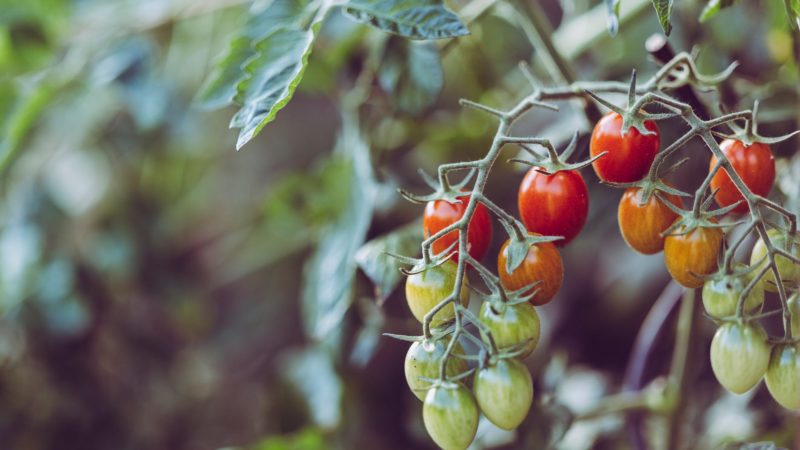How To Whitewash Wood The Right Way?

Do you wonder how to whitewash wood furniture? White washed wood gives a very vintage appearance at a glance and evokes visions of fences, farmhouses, and barns of England and the European countryside.
You can brighten your dull-looking attic and turn your outdoor deck into a summer retreat by doing Whitewash paint on wood furniture.
What Is Whitewash?
A traditional whitewash is based on mineral protective coating to give weather impacted exterior looks similar to barns. This thin watery consistency product requires multiple layers and leaves a chalky residue. After you apply the first layer and it is dried, the coating gives a chalky appearance similar to dried salt.
By doing multiple layers, you can intensify the whitewash appearance and color.
Basics of Doing Whitewash on Wood Furniture
Learning how to whitewash wood is quite easy. Unlike other wood treatments, whitewashing is fast, clean, inexpensive, and easy. It does not leave behind any offensive odor like paints and oil-based stains.
Unlike chalk paints coating that renders a similar effect, a traditional whitewash can be purchased inexpensively. Whitewash paint is an eco-friendly coating containing zero volatile organic compounds.
The cost of whitewash paint can range from cheap to almost free containing inexpensive ingredients-hydrated lime and salt. If you would like to spend a little extra, you can get ordinary latex paint to make faux Whitewash.
True Whitewash
- Salt, hydrated builder’s lime and water
- Materials may be difficult to find
- Very low cost
- Streaky look
- difficult to clean marks and fingerprints
Faux Whitewash
- Latex paint and water
- Materials prevalent
- Easy to clean
- Higher cost than true Whitewash but still inexpensive
- Streaky look with brushwork
True Whitewash for Wood Furniture
Hydrated limestone is the main ingredient of a traditional whitewash. Salt is used to add a white color to the mixture, and water helps dissolve the lime and apply the mixture.
True Whitewash on wood gives an extremely authentic appearance at a lower cost. However, it is not good for furniture that is touched frequently, like tables and benches. Also, sometimes it may be difficult to find the hydrated lime required to do Whitewash paint on wood furniture.
Faux Whitewash
With flat sheen, ordinary white, water-based paint, you can create attractive simulated Whitewash by reducing the paint consistency. Use equal amounts of paint and water to give a soupy and watery consistency to the mixture.
Latex paint wash does not create a classic salty look, but using creative application methods can achieve realism. Use rougher and cheap brushes to replicate the streaky effect like the traditional Whitewash.
Faux Whitewash works perfectly for indoor applications and surfaces that are often touched as it does not have a chalky feel like the true Whitewash. However, to achieve the perfect look, you will have to get creative with the application and simulate an old whitewash look.
Safety Considerations
When handling lime powder, be very cautious because it is caustic. Make sure to wear gloves, goggles, and a good quality dust mask when you move lime bags, mixing lime, or pouring lime powder in a bucket.
When the lime powder is completely mixed in water and cannot be breathed in or become airborne, it becomes less hazardous to work with. However, it is always a good idea to keep your mask, gloves, and goggles on until the job is done.
How To Whitewash Wood?
Tools and Materials Needed
For True Whitewash
- Dust mask
- Rubber gloves
- Safety goggles
- Type S hydrated masonry lime
- Extra mixing bucket
- Crushed rock salt
- Plastic sheeting
For Faux Whitewash
- White acrylic-latex paint, flat or matte sheen
- Clean cloth rags
- Spray bottle filled with water
For Both
- Chip brush or any other type of rough brush
- Sandpaper
- Clean empty bucket for mixing
- Wooden stir stick
Sand Wood
The first step is to sand the wood. This process helps in opening up and exposing the wood fibers, making them optimal for Whitewash. It also helps in getting rid of any impurities on surfaces like oil which might repel the coating.
Create Whitewash Mix
- True Whitewash- put on your gloves, goggles, and mask. Take a bucket and mix 1.5 gallons of water with 6 pounds of rock salt. Mix everything properly to dissolve the salt in water. Take a second bucket and fill it with 2.5 gallons of water and add 25 pounds of hydrated lime and stir everything well. Pour the salt mixture into a lime bucket and mix everything well.
- Cover with plastic and let the mixture settle for 24 to 48 hours to slake lime.
- Faux Whitewash: mix water and paint at room temperature in a 1:1 ratio in a bucket.
Brush On Whitewash Mix
With either faux Whitewash or the whitewash application, brush in the direction of the grain. Do not slop on too much paint. Always start easy and later make multiple coats.
True Whitewash paint takes care of itself, but faux Whitewash needs some tweaks with rags and a spray bottle. If you have a thick area of paint, hit it directly with a quick spray to thin the paint coating down and wipe it with a brush. Make sure that the surface is dry to touch and not wet or soggy.
Apply More Coats of Whitewash
Before you go on with the second layer, wait for at least one hour. True Whitewash needs two to three coats. Faux Whitewash may look good only after a single coat. Apply as many additional coats as you need but let each one dry off completely before you add a layer.
Tips For Whitewashing Wood
- If you are planning to whitewash a new wood, consider staining the wood first to bring out wood knots, grain, and other features.
- Whitewash paint looks good on softwood like cedar or pine because they soak the coating better as opposed to the hardwood.
- Always remember to use the sandpaper after Whitewash to scuff the edges and random spots for giving an antique appearance.
Final Words:
If you like the appearance of vintage wood furniture and patio, then whitewashing is a must-try for you. Learning how to whitewash is not very difficult. This guide on how to whitewash wood furniture will give you an insight into tips and tricks to achieve the perfect whitewash appearance.
We hope this post was useful to you. Do not leave without dropping a comment below.






